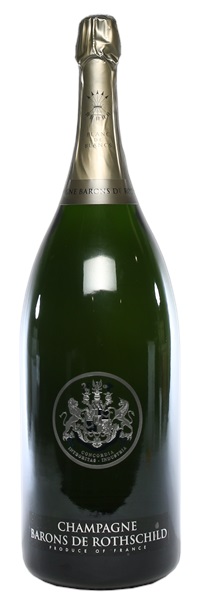Estimate

Orange zest, lemongrass, jasmine and chalky minerals on the perfumed nose, with a hint of white pepper adding lift. Juicy, mineral-accented citrus and orchard fruit flavors are fleshed out by suggestions of melon and honey, putting on weight with air while maintaining vivacity.
Very elegant and well-meshed, with a pleasantly creamy, leesy hint accenting the baked apple, piecrust, white peach and lemon zest flavors, accompanied by a base note of smoky minerality. Airy, showing good focus throughout.
A dense and creamy Champagne with cooked apples, pie crust and apple tart, following through to a medium to full body. Flavorful finish.